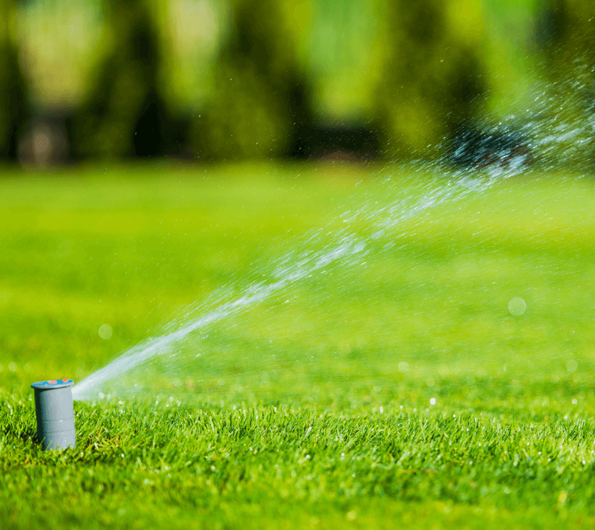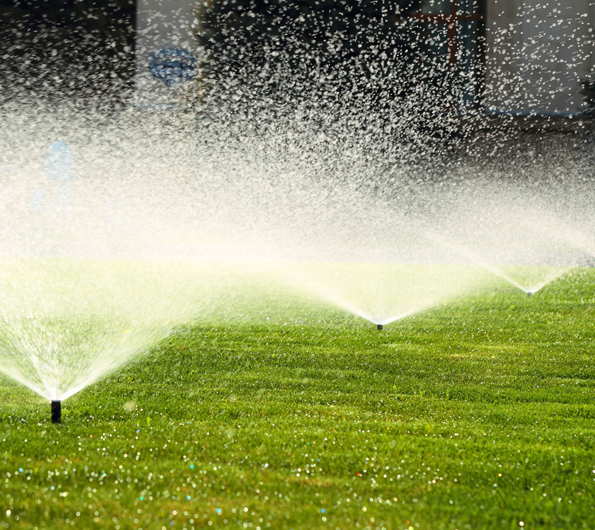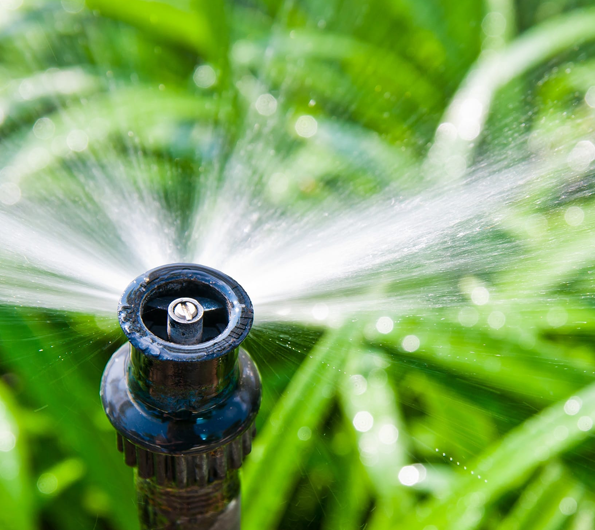Introduction

Grass Type:
Different grass types have varying water requirements. For example, Kentucky Bluegrass and Fescue generally require more water than drought-tolerant varieties like Buffalo grass.

Soil Type:
The soil composition influences water retention. Sandy soil drains quickly and may need more frequent watering, while clay soil retains water longer.

Weather Conditions:
Monitor weather patterns, including temperature and precipitation. Cooler temperatures and overcast days require less watering than hot and sunny days.

Watering Depth:
Water deeply and infrequently to encourage deep root growth. Most lawns benefit from about 1 to 1.5 inches of water per week, including rainfall.

Morning Watering:
Watering in the early morning allows for optimal absorption and minimizes water loss due to evaporation.

Adjust for Rainfall:
If there's significant rainfall, adjust your irrigation schedule to avoid overwatering. Many modern sprinkler systems have rain sensors to automatically adjust watering schedules.

Check Soil Moisture:
Use a soil moisture sensor or manually check the soil moisture level. If the top inch or two of soil is dry, it's generally time to water.

New Plantings:
Newly planted areas may require more frequent watering until they are established.
Seasonal Watering Durations
Adjusting your sprinkler run times according to the seasons ensures optimal watering for your lawn and garden, promoting healthy growth and efficient water usage. Remember to monitor local weather conditions and make further adjustments as needed.


Spring Sprinkler System Activation Guide: Ensuring a Smooth Start
Check for Freezing Temperatures:
- Before activating your sprinkler system, verify there are no impending freezing temperatures in the forecast. A hard freeze can cause damage to sprinkler heads and underground pipes. In Idaho, it’s generally safe to turn on the system by early to mid-March.
Sprinkler System Blowout Protocol for Yearly Maintenance: Ensuring Longevity
Blowing out your sprinkler system annually is a crucial step in maintaining its health and longevity. This process is particularly vital before freezing temperatures set in to prevent potential damage caused by frozen water within the pipes or sprinkler heads.


